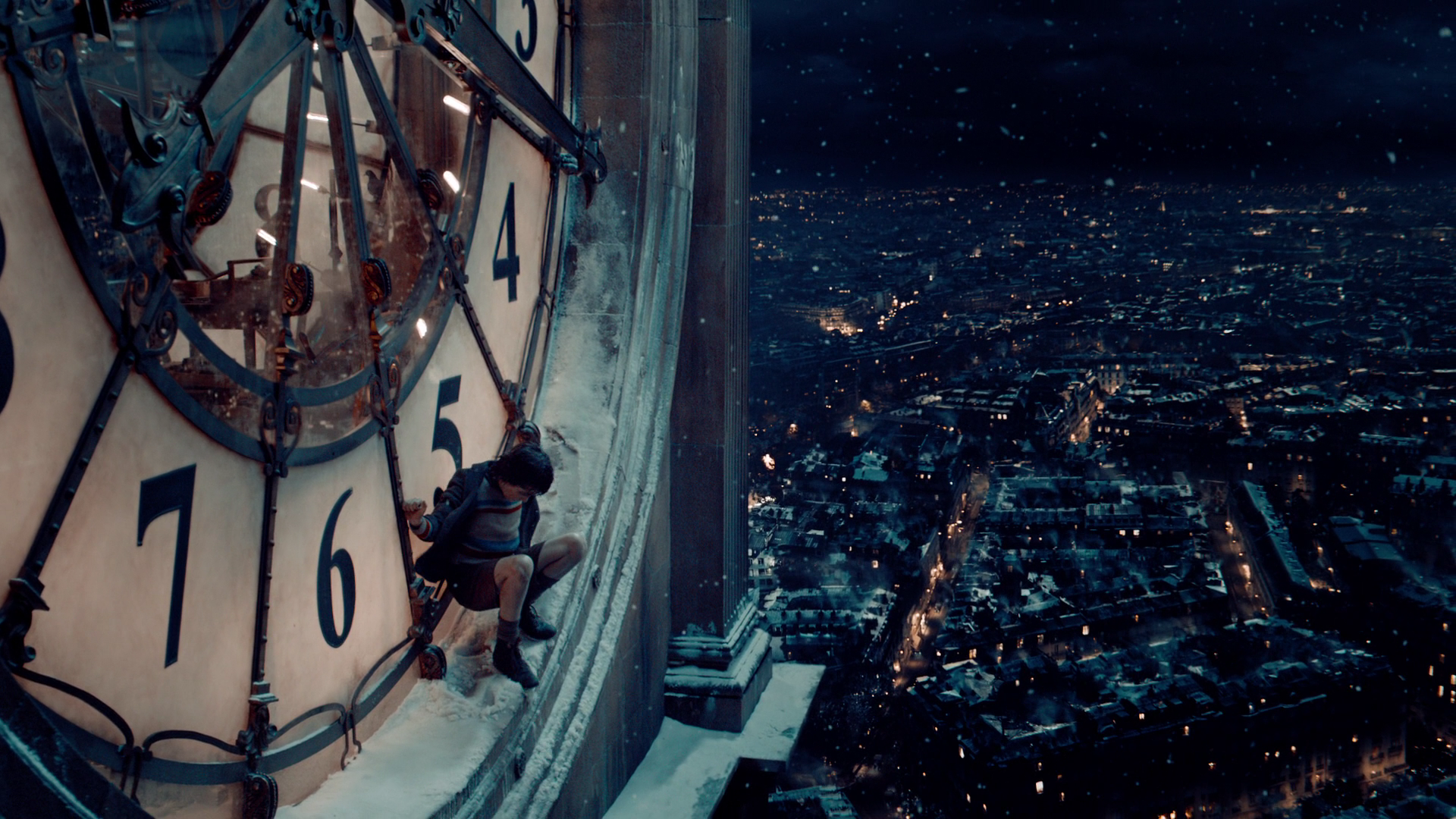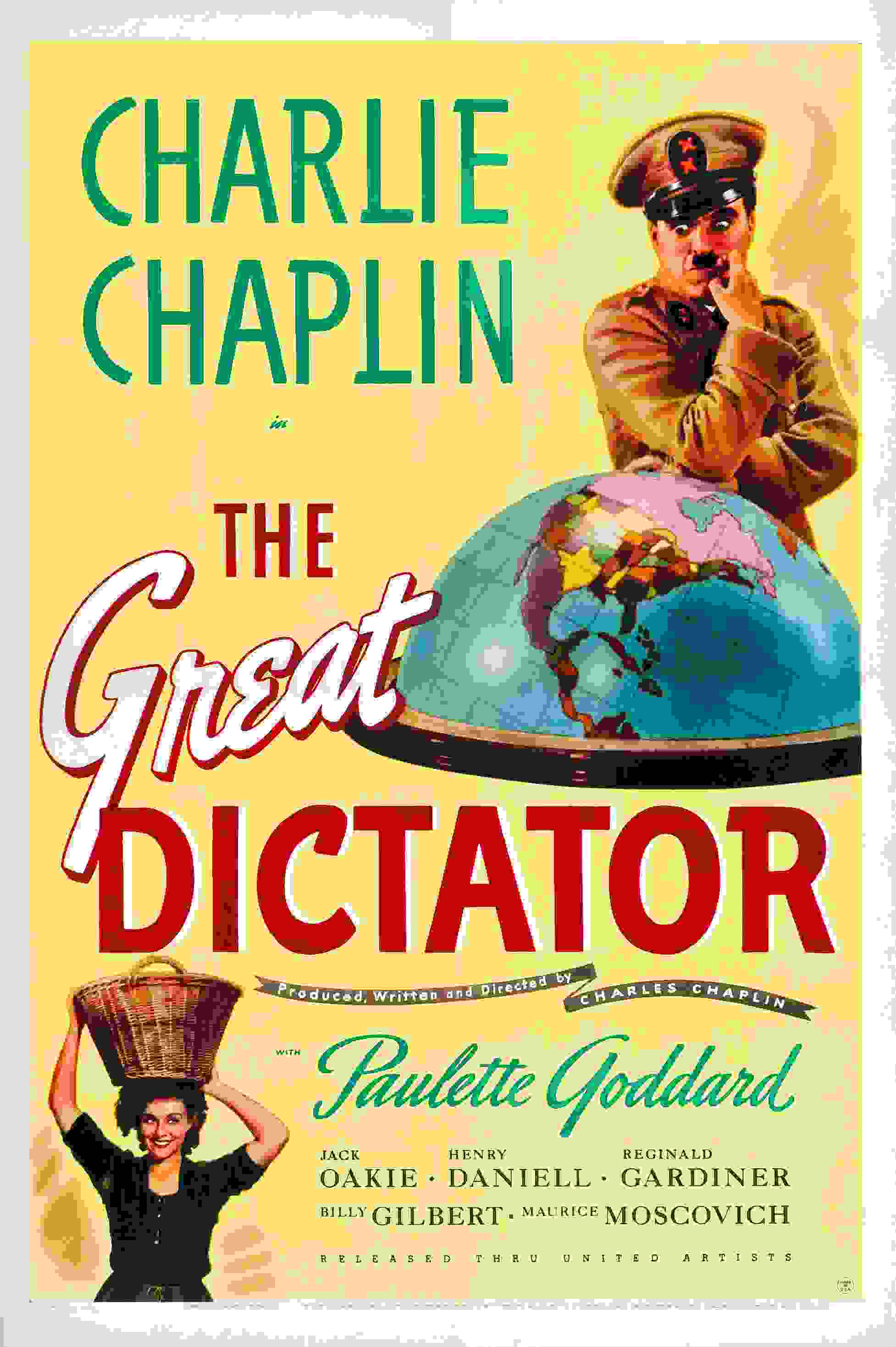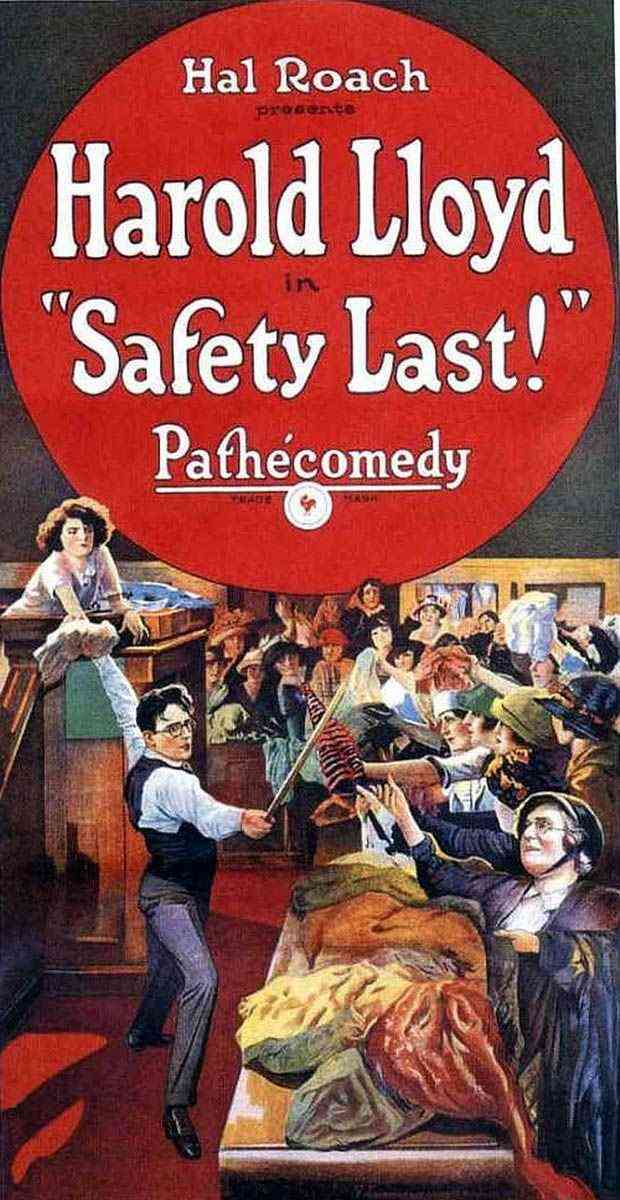“Cinema is attracting people from all over the world since 19th centuries as both an artistic way of thinking, producing, and as an entertainment tool."
Watching moveable images, especially during the beginning periods of cinema as silent, surprised spectator and spectator believed the images as they are the parts of real life. Today, cinema is improved with technological advances and transformed with today’s conditions and magical screen of cinema is continuing to effect people.” ( Uçan, B. 2015)
People have the habit of recording their lives and experiences visually. For example, the most primitive examples of animation were discovered in Lascaux Cave in France. People made pictures that recorded their memories and lives in prehistoric times, and these paintings are known as the oldest film strip. With the development of technology, the way we record our memories has also changed. Martin Scorsese deals with some of this exciting journey that is carried from the cave walls to projection.
In this article, I will review a scene of the movie Hugo (2011) by Martin Scorsese. I will examine this scene, which starts with the guard's pursuit of Hugo in the train station and ends in the clock tower, in comparison with silent cinema. "Scorsese, working from Selznick's novel, structured the story of the orphan Hugo and filmmaker Méliès by incorporating clips of many silent films along the way. This approach enables Hugo, with its" films within a film "structure, to show today's audiences - some for the first time - high-quality, beautifully orchestrated clips from many early films. " (Schmid, A. A. 2015)
The scene begins with Hugo entering the Gare Montparnasse train station in Paris. The camera shows Hugo's face and body. He looks around with timid looks. In the background, soft opera music is heard, as well as human voices in the back sound, which helps to perceive the moving and crowded structure of the train station. Hugo is a weak boy, wearing the short-sleeved suit he wore throughout the entire movie.
In this film, which Martin Scorsese refers to the early stages of film history, Hugo's clothes and physical features also remind the orphans of silent cinema. It is seen that the station is one of the busiest places of the city and it is a transit point that hosts many people, especially passengers, people sitting in cafes, sellers. Among all this, ticking sounds can be heard. The watchman checks both his wrist watch and his pocket watch in front of the clock tower and looks up at the clock of the tower. The watchman tests the accuracy of the difference between the watches because he learned that the person repairing the watch is dead and it is also very important that the clock in this watch tower is correct.
This section points to a very important point. Scorsese made this film, which tells about the history of the early period, with the technique of 3D and has been benefited from all possibilities of technology. Just like this, the birth of the cinema is an arm with the advancement of technology.
As technology advances and develops, cinema has advanced and developed in terms of technique and expression. In addition, Scorsese shows us the benefits of technology in this stage in terms of standardization of time. Satin in the clock tower is expected to be correct because the entire city is moving according to this time.

After the industrial revolution, a perception of time has never been seen before, and all people began to divide their days into 24 hours according to a common hour. This part touches on the standardization of time and the change of the social structure, especially in metropolitan cities such as Paris. In this scene, it is understood that cinema evolved simultaneously with social changes.
Then, as Hugo sees the guard, the music in the background changes and becomes tense and fast. Meanwhile, Hugo enters under a table to hide. The watchman sees Hugo and catches him. In the early 20th century, this scene is a very common scene in the early cinema that deals with the life that orphans try to live alone in the city. Orphaned children escape from the guard and adventures develop.
This scene refers to silent cinema period and also it refers Charlie Chaplin's movies especially The Kid (1921). Upon the harsh behavior of the guard on the scene where he caught Hugo, people want the guard to release him. One of them is the flower girl, which is also seen in the silent cinema period, and it can be deduced that it is a reference to the flower girl in the City Lights movie. However, the watchman does not listen to the flower girl and takes Hugo and puts it in a cage. When Hugo is in the cage, we observe in the phone call made by the caretaker that he lied to take the child to the orphanage. In other words, the guardian supervision structure is an extension of the state. While this scene especially reveals the class structure of the society, it also touches on the state's attitude towards this class structure.
One aspect of the unconscious treatment of the state to people in the lower class is also seen in this scene that children who are despised and put into an orphanage despite being innocent. In this film, there seems to be criticism about using disproportionate force to power.

The best example of films criticizing the government during the silent cinema period is The Great Director by Charlie Chaplin.
In the movie Hugo, it is seen that he symbolizes this situation by using the guard character. Meanwhile, the escaping Hugo enters the watch tower and the guard and his dog chases him again. As the chase in the clock tower begins, the music in the background is designed to make this excitement live without breath. Mechanical sounds can be heard from the moment the camera enters the Clock tower.
These voices strongly emphasize the relationship between the industrial revolution, technology and cinema. Mechanical sounds in the clock tower are actually heard in other scenes in the movie.
The sound in the clock tower, which is very similar to the sound that comes out when the film mechanic starts running a movie projection. Since there is no other place to escape within the clock, Hugo clings to the clock and climbs to the exterior of the tower.

This scene refers to the Safety Last silent film of Harold Lloyd, one of the successful names of the silent cinema era. “Scenes of the boy inside the station architecture and clock tower call to mind Harold Lloyd's encounter with a clock while scaling a downtown Los Angeles department store building in Safety Last (1923), the industrial workers in Fritz Lang's 1927 Metropolis, and Charlie Chaplin's adventures trapped in a factory's giant gears in Modern Times (1936).” (Schmid, A. A. 2015) After Hugo hangs on the clock for a while, he sits on the ledge of the clock and sadly follows the city. Paris is a city equipped with lights. It has been both a home and a sad reality for a lonely boy.
Thank you, I hope you can now enjoy a silent film!
REFERENCES
REFERENCES
Chaplin, C. (Director). (1940). The Great Director. USA.
Chaplin, C. (Director). (1931). City Lights. USA.
Chaplin, C. (Director). (1921). The Kid. USA.
Lang, F. (Director). (1937). Metropolis. Germany.
Melies, G. (Director). (1902). To The Moon And Back. France
Newmeyer, F. C. and Taylor, S. (Directors). (1923). Safety Last. USA.
Schmidt, A. A. (2015). The Re-emergence Of The Silent Film In Contemporary Cinema and
Culture. Journal of American Studies of Turkey. Retrieved from https://dergipark.org.tr.
Scorsese, M. (Director). (2011). Hugo. USA, United Kingdom, France.
Uçan, B. (2015). Examination Of Silent Short Animation Film. Yıldız Journal of Art and Design,
Retrieved from https://dergipark.org.tr.


